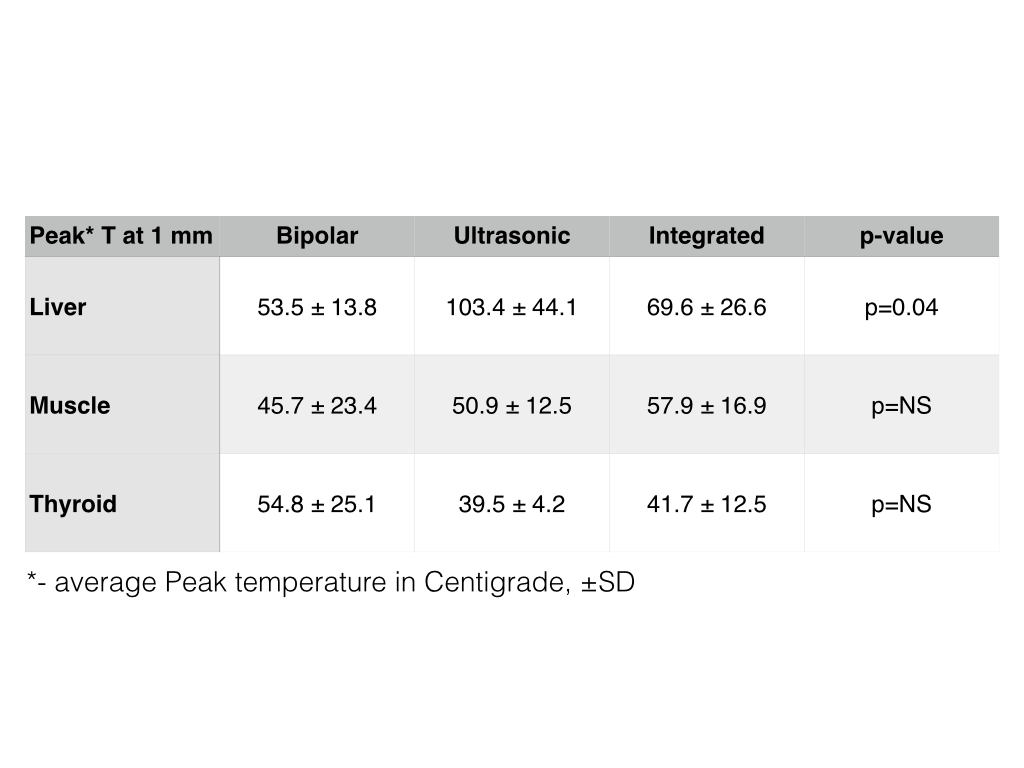M. S. VandeHei1, C. M. Papageorge1, M. Murphy1, S. E. Tevis1, G. D. Kennedy1 1University Of Wisconsin,Department Of Surgery,Madison, WI, USA
Introduction: Postoperative ileus (POI) complicates approximately 20-30% of colon surgeries. It has been proposed that bowel edema at least partially contributes to the etiology of POI. Additionally, previous studies have shown decreased fluid administration can decrease POI incidence. We sought to investigate how the class, volume, and timing of fluid administration impact POI incidence.
Methods: We conducted a retrospective cohort study of 300 patients with rectal cancer who underwent partial colectomy or proctectomy at the University of Wisconsin Hospital and Clinics from 2008 to 2015. Chart review was performed to collect data on intra-operative fluid type and volume as well as fluid volume data for postoperative day one. The primary outcome was postoperative ileus, defined as presence of a nasogastric tube for nausea or vomiting or NPO status on postoperative day four or later. Volumes of crystalloid (0.9% saline and Ringer’s lactate) were divided into quartiles and volumes of colloid (5% albumin, hydroxyethyl starch, and blood products) were divided based on whether or not colloid was administered intraoperatively. Association with POI was assessed using Chi-square tests and binary logistic regression. Covariates were chosen from comorbidities, demographics, and operation specifics based on relevance to hypothesis and relative significance on univariate analysis. Secondly, we compared the ratio of the rates of fluid administration for the intraoperative period and the period through postoperative day 1.
Results: A total of 300 patients were included in our study, with an overall POI incidence of 30.0% (90 out of 300). On univariate analysis, we found that increasing intraoperative crystalloid administration was associated with increasing rates of POI (1st quartile: 16.3%; 2nd quartile: 31.5%; 3rd quartile: 34.2%; 4th quartile: 39.2%; P = 0.012). Total intra-operative colloid administration showed no association with development of POI (P = 0.065). Multivariate analysis confirmed a relationship between intra-operative crystalloid volume and risk of POI. Results are shown in table 1. Other significant predictors of POI included older age, and operative approach. Finally, we found no correlation between the incidence of POI and the ratio of fluid administration rates in the intraoperative and postoperative phases of care.
Conclusion: In patients undergoing colorectal surgery, lower intraoperative crystalloid administration was associated with lower rates of POI, while colloid did not appear to affect ileus rate. Therefore, limiting the volume of crystalloid administered may be effective at reducing the incidence of POI.





